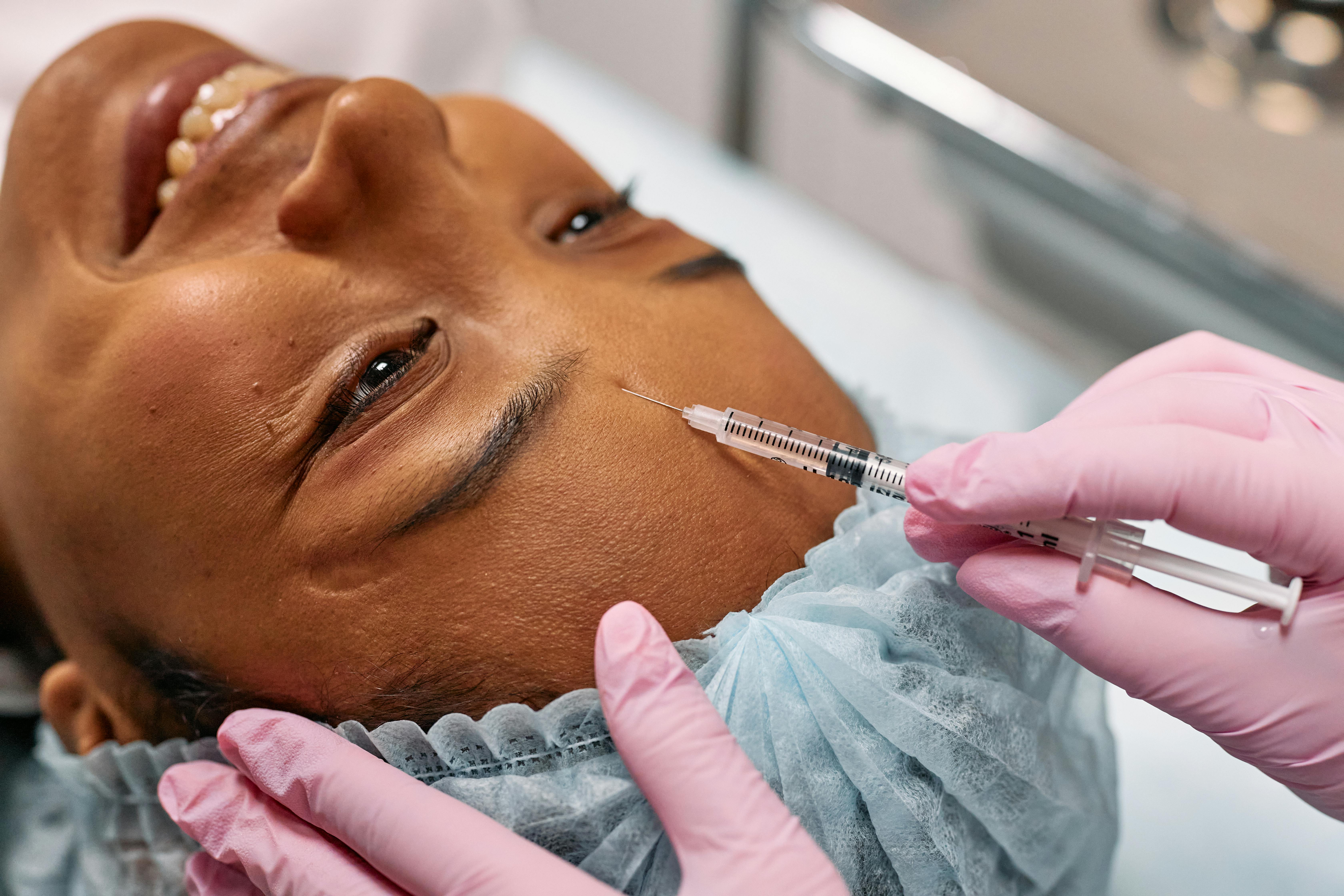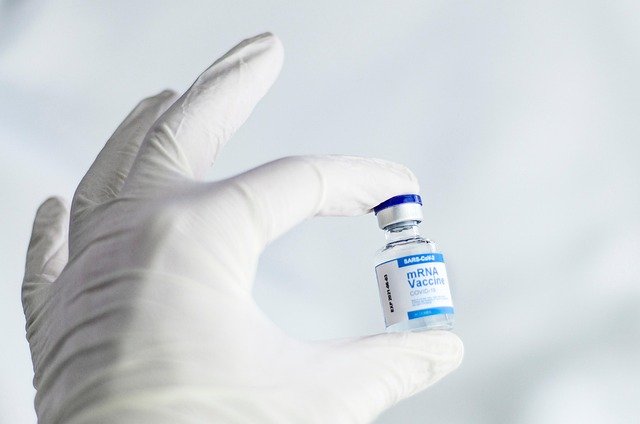Modern Approaches to Hyperpigmentation Treatment in India
Hyperpigmentation is a common skin concern in India, characterized by patches of skin becoming darker than the surrounding areas. With India's diverse skin tones and exposure to intense sunlight year-round, hyperpigmentation affects a significant portion of the population. The condition can result from sun damage, hormonal changes, inflammation, or genetic factors. As awareness about skin health increases across India, modern dermatological approaches have evolved to address this concern with greater effectiveness and precision than ever before.

Understanding Causes of Hyperpigmentation in Indian Skin
Hyperpigmentation in Indian skin has unique characteristics due to the higher melanin content in South Asian skin types. This increased melanin production makes Indian skin more prone to developing hyperpigmentation and post-inflammatory pigmentation. The primary causes include excessive sun exposure without adequate protection, which triggers melanin production as a defense mechanism. Hormonal fluctuations, particularly during pregnancy (melasma) or due to certain medications, can also trigger hyperpigmentation. Additionally, inflammatory skin conditions like acne, eczema, or psoriasis often leave behind dark marks on healing, especially in darker skin tones. Genetic factors play a significant role too, with familial patterns of pigmentation disorders being relatively common in the Indian population.
Popular Treatments for Hyperpigmentation in India
The treatment landscape for hyperpigmentation in India has evolved significantly in recent years, with dermatologists offering a range of evidence-based approaches. Topical treatments containing active ingredients like hydroquinone, kojic acid, vitamin C, retinoids, and arbutin are commonly prescribed as first-line interventions. These formulations work by inhibiting tyrosinase, the enzyme responsible for melanin production. Chemical peels using alpha hydroxy acids, beta hydroxy acids, or trichloroacetic acid provide more intensive treatment by removing the outer layer of damaged skin to reveal fresher, more evenly toned skin beneath. Laser treatments have gained popularity, with Q-switched lasers, Picosecond lasers, and fractional lasers offering targeted treatment for stubborn pigmentation. Microdermabrasion and microneedling are also frequently recommended for treating superficial pigmentation and improving overall skin texture.
Key Benefits of Seeking Treatment in India
India offers significant advantages for those seeking hyperpigmentation treatment. The country has developed specialized expertise in addressing skin concerns specific to South Asian skin types, with dermatologists who understand the unique challenges of treating hyperpigmentation in darker skin tones. Many Indian dermatologists have international training and experience, bringing global best practices to their clinics while adapting them for Indian skin concerns. The technological infrastructure is impressive, with major cities housing dermatology clinics equipped with state-of-the-art laser systems and advanced diagnostic tools. India also offers exceptional value for these treatments compared to many Western countries, without compromising on quality or outcomes. Additionally, many clinics incorporate holistic approaches, combining modern treatments with traditional Ayurvedic wisdom for comprehensive skin health management.
The Importance of Consulting a Qualified Dermatologist
Self-diagnosing and treating hyperpigmentation can lead to worsened conditions or even permanent skin damage. A qualified dermatologist can accurately identify the type and cause of hyperpigmentation, distinguishing between melasma, post-inflammatory hyperpigmentation, sunspots, or other conditions that may appear similar but require different approaches. They can create personalized treatment plans based on skin type, pigmentation pattern, and underlying causes rather than one-size-fits-all solutions. Professional assessment helps avoid potential side effects like skin irritation, allergic reactions, or paradoxical hyperpigmentation that can occur with inappropriate treatments. Dermatologists can also provide guidance on complementary skincare routines and preventive measures to maintain results long-term, saving patients both time and money by preventing ineffective treatment attempts.
Estimated Costs of Hyperpigmentation Treatments in India
The cost of hyperpigmentation treatments in India varies widely depending on the treatment type, clinic location, dermatologist’s expertise, and required number of sessions. Understanding the general price ranges can help patients plan their treatment journey more effectively.
| Treatment Type | Average Cost Range (INR) | Sessions Required | Downtime |
|---|---|---|---|
| Prescription Topicals | 1,000-5,000 per product | Daily application | None |
| Chemical Peels | 2,500-7,000 per session | 4-6 sessions | 3-7 days |
| Microdermabrasion | 2,000-5,000 per session | 6-10 sessions | Minimal |
| Q-switched Laser | 5,000-15,000 per session | 4-8 sessions | 1-3 days |
| Picosecond Laser | 8,000-20,000 per session | 3-6 sessions | 1-2 days |
| Fractional Laser | 10,000-25,000 per session | 3-5 sessions | 3-7 days |
Prices, rates, or cost estimates mentioned in this article are based on the latest available information but may change over time. Independent research is advised before making financial decisions.
Combination treatments often yield the best results for hyperpigmentation, though they may increase the overall cost. Many clinics offer package deals that can make multiple treatment sessions more affordable. It’s worth noting that while government hospitals provide dermatological services at significantly lower costs, the waiting periods can be longer and access to the latest technologies may be limited compared to private clinics.
Hyperpigmentation treatment in India continues to advance with ongoing research into more effective and safer interventions specific to diverse skin types. The increasing awareness about skin health has driven improvements in both accessibility and quality of care across the country. With proper diagnosis and a customized approach, most patients can achieve significant improvement in skin tone and texture, though complete resolution may not always be possible, especially for certain types of hyperpigmentation like melasma, which tends to recur. Prevention remains crucial, with sun protection being the cornerstone of any hyperpigmentation management strategy.
This article is for informational purposes only and should not be considered medical advice. Please consult a qualified healthcare professional for personalized guidance and treatment.




